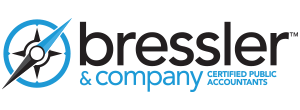Action May Be Needed Before Year-End
Prior to the release of the new regulations dealing with capitalization and repairs, the Internal Revenue Code and regulations provided no specific de minimis amount that could be expensed for business purchases of items with a useful life of greater than one year, although the IRS generally didn’t quibble over the expensing of items costing $100 to $200 or less. This is without regard to the Section 179 Expensing Provision.
The new regulations now define a de minimis amount, but it is not a specific amount nor is it automatic. To utilize the de minimis safe harbor, business taxpayers must have an accounting procedure in place before the beginning of the tax year that specifies the de minimis safe harbor amount adopted by the business.
If your business has not previously adopted an accounting policy, it may be appropriate to do so before the beginning of your business’s next tax year, which would be January 1, 2016, for calendar year businesses.
In general, a small business, one without an Applicable Financial Statement, can adopt a de minimis safe harbor up to $500.
Without an accounting procedure adopting a de minimis safe harbor, a small business can only expense the cost of items with a life of one year or less and would be required to capitalize (depreciate) all other items regardless of cost (however, these items may be eligible for Section 179 expensing).
If you have questions related to adopting a policy for 2016, please contact us, Bressler & Company, at 559.924.1225 before December 23. Our office will be closed December 24 through January 3 for the Christmas and New Year holidays.





